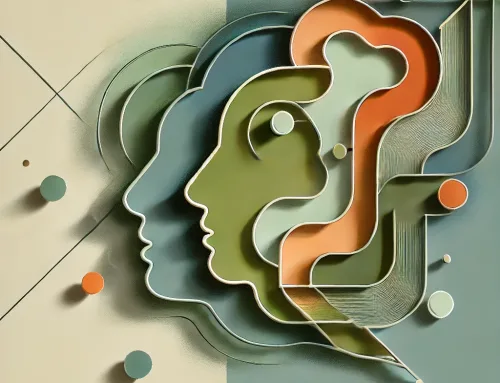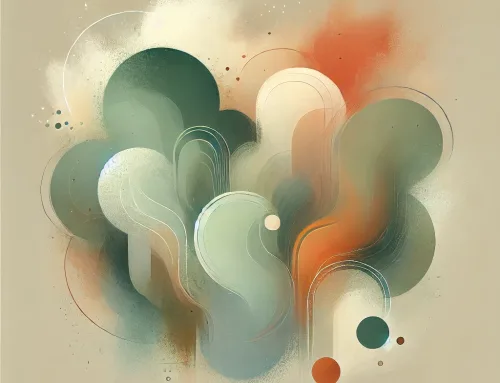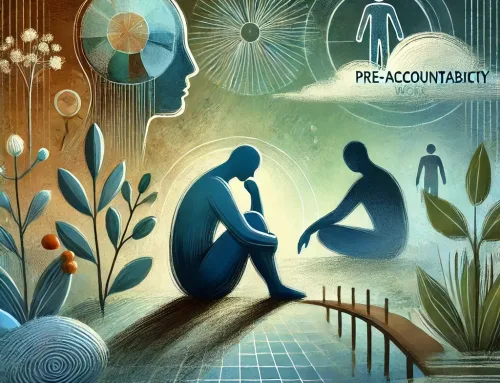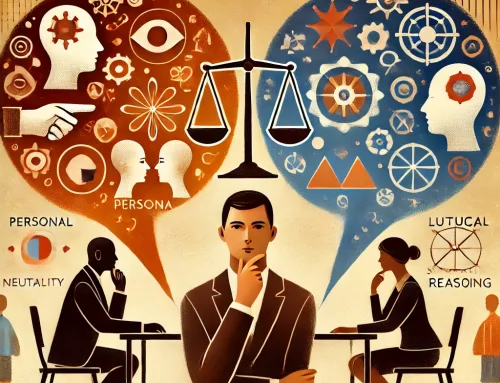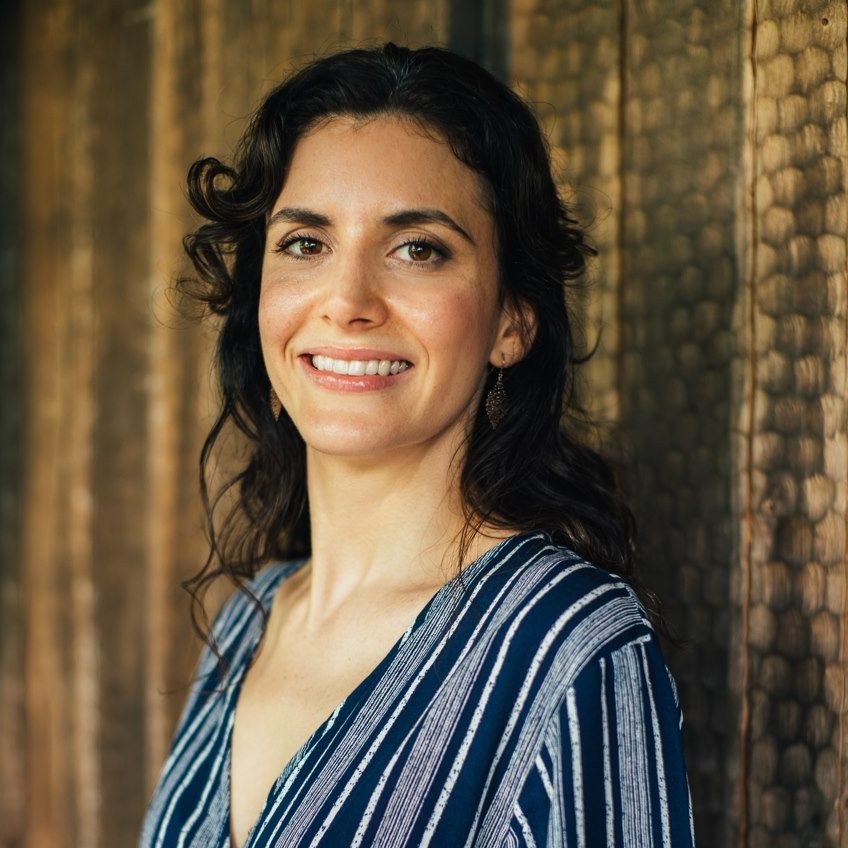Part 3 of a series on meaning-making, grief, and conflict in community
When someone central to a community disappears—whether through death, scandal, stepping down, or even quiet withdrawal—the ripple is rarely just personal.
It’s structural.
It’s emotional.
It’s collective.
Because often, we haven’t only lost a person.
We’ve lost a symbol, a role, a stabilizing center.
Communities grieve many things—often all at once
With Dr. Gilbert’s passing, some grieved a teacher. Others grieved the clarity he brought, the sense of purpose or alignment they felt through his work. Some grieved what might now be lost: access, growth, direction.
And while many showed reverence and grace, others wrestled more visibly—with confusion, projection, division. That’s grief, too. Just in a different costume.
The same happens in communities navigating conflict or change.
When a founder leaves, or a beloved facilitator is called into accountability work, or a vision splinters—what’s at stake isn’t just who did what. It’s:
Who are we now?
What’s still true?
What holds us together?
When identity is shaken, conflict often follows
In these moments of transition, communities can become fragile.
Not because anyone is doing anything wrong—but because people are navigating grief in different ways, with different thresholds, stories, and needs.
Some try to preserve the original vision at all costs.
Others want to deconstruct and rebuild.
Some go quiet. Some get loud.
Some withdraw to process in private.
Others urgently seek justice, clarity, or change.
None of these responses are inherently wrong. But without conscious spaceholding, they can collide. And the collision can be mistaken for betrayal, manipulation, or personal attack—when it is often just the sound of unmetabolized grief echoing through a system.
The mediator’s role is to hold—not fix—the in-between
In Safe Mediation, we are often invited into communities during this liminal time—when the past is no longer stable and the future hasn’t taken shape. There’s rarely a single truth to uncover or a clear “resolution” to implement.
The real work is deeper. It’s about:
-
Naming what’s been lost—not just individuals, but meaning, momentum, shared vision.
-
Creating space for multiple grieving processes to coexist without negating one another.
-
Helping communities pause before rebuilding too quickly—so the new structure doesn’t grow over unhealed wounds.
Sometimes our work is mostly listening.
Sometimes it’s creating just enough structure to keep the system from fracturing.
Sometimes it’s bearing witness to a sacred unraveling that no one wanted—but that might, in time, reveal a more honest form.
We need more courage to stay in the in-between
Not everything needs to be solved.
Not every silence must be filled.
Sometimes our deepest integrity comes from staying in the fog with care, long enough for something true to emerge.
As I reflect on Dr. Gilbert’s passing, I find myself sitting with this:
He shaped many people. And now, in his absence, we are each shaping what remains.
How we do that—individually and together—will define more than his legacy.
It will shape our capacity to stay human with one another, even in the places where we can’t agree, explain, or understand.
May we grow that capacity, gently and honestly.
Not just in grief. But always.
